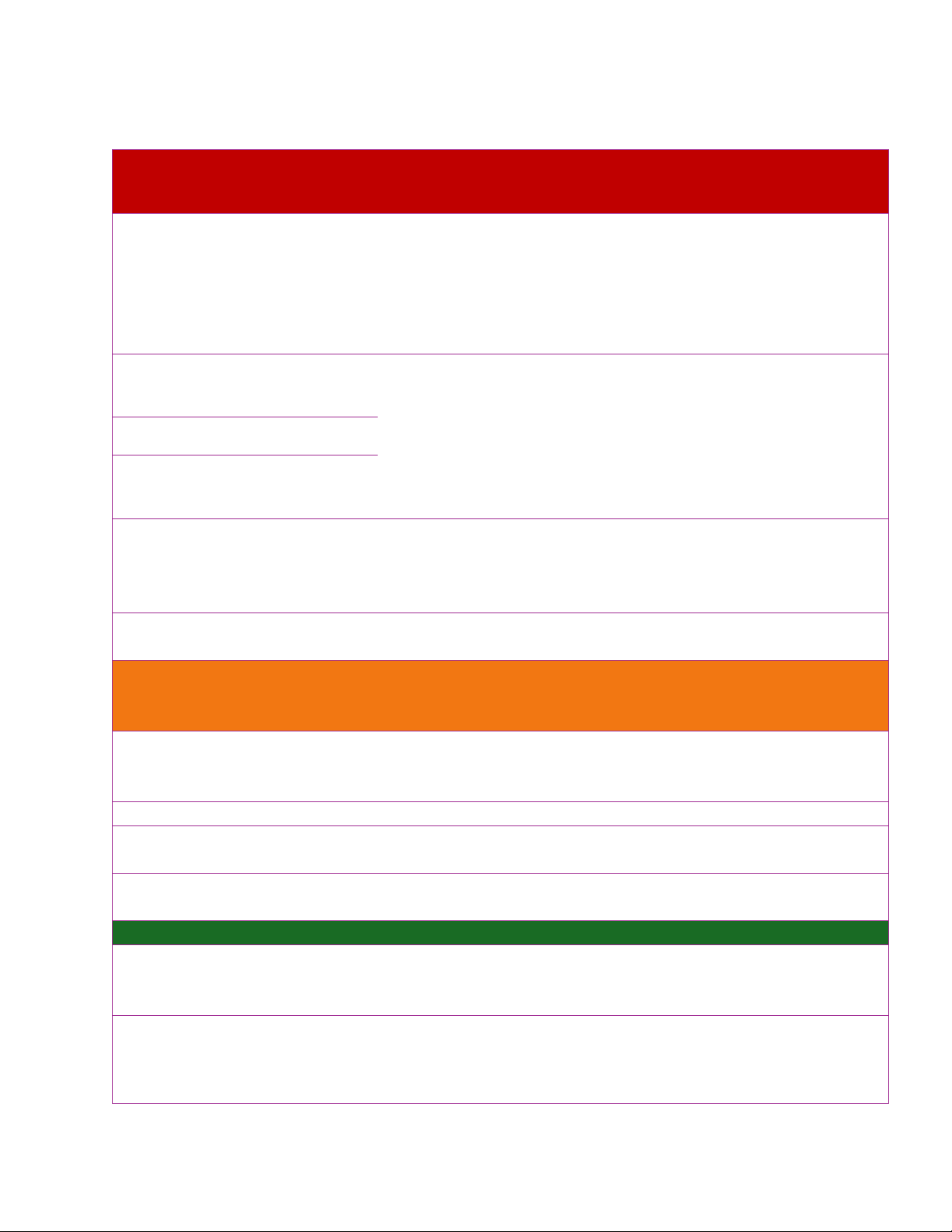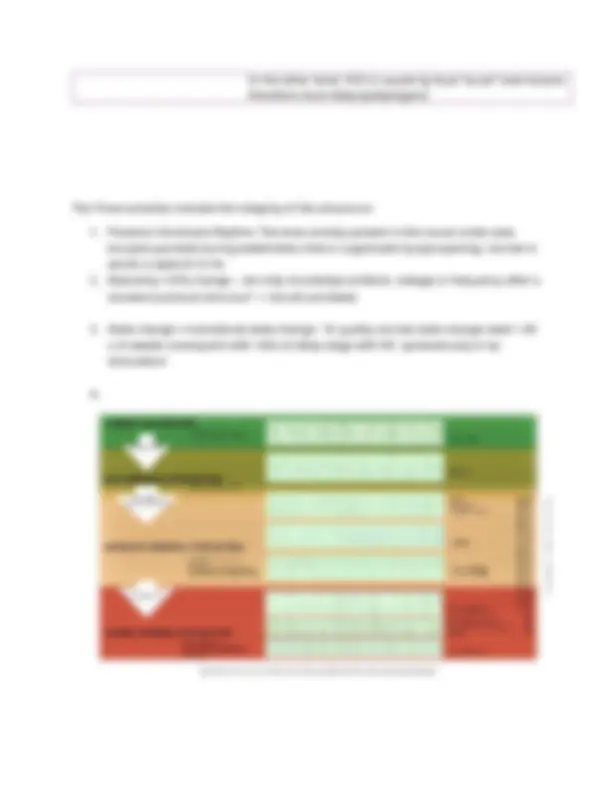



Study with the several resources on Docsity

Earn points by helping other students or get them with a premium plan


Prepare for your exams
Study with the several resources on Docsity

Earn points to download
Earn points by helping other students or get them with a premium plan
Community
Ask the community for help and clear up your study doubts
Discover the best universities in your country according to Docsity users
Free resources
Download our free guides on studying techniques, anxiety management strategies, and thesis advice from Docsity tutors
A part of Essential Concepts for the R.EEG.T Exam – Includes Tables, Diagrams, and Illustrations. Table of contents: 44 pages - Filters, time constant. common mode rejection and digital EEG setting parameters - Montages - Normal varients - Artifacts - Increasing beta/fast activities - N2 sleep and Arousal pattern - Pediatric EEG and syndrome by age group - Neonatal sleep wake pattern - Pediatric epilepsy syndrome by interictal pattern - Differential of sleep provoked seizure - Photic stimulation - Hyperventilation - Lateralization - Severity of encephalopathy and EEG pattern - Rhythmic delta - Clinical seizure correlate with EEG - Seizure semiology
Typology: Cheat Sheet
1 / 2

This page cannot be seen from the preview
Don't miss anything!


Severe encephalopathy: Complete disrupt the thalamocortical connection -> No reactivity, No state change Burst Suppression / Attenuation
50% but <90% periods of suppression (<10 uv) or attenuation (>10 uv but <50% comparing background activity) If the burst contains 2 or more spike/sharp waves = with epileptiform activity. Alpha/Theta Coma (more common) Predominant with the frequencies – abnormal A-P distribution ie alpha in frontal, beta in posterior Beta Coma (rare) Spindle Coma (most common) Extreme Delta Brush in adults: commonly associated with NMDA encephalitis Generalized rhythmic delta waves with superimposed fast activity (20-30 Hz) “Generalized” Polymorphic Delta Activity (PDA) Generalized non-rhythmic delta – the prognosis based on the degree of reactivity Moderate encephalopathy Some degree, it disrupt the thalamocortical connection -> No PDR, Maintain reactivity , Have -but abnormal state change Triphasic Waves/ GPDs +TW Generalized or frontal-predominant three phase -dominate downward positive phase with A-P lag Stimulation can trigger or attenuate this activity SIRPID Stimulation induces RDA, PDs, SW, burst, BIRDS, IIC, Seizure FIRDA, OIRDA, TIRDA Rhythmic delta activity is predominant in the frontal /occipital/temporal region – usually diminished by stimuli Cycling Alternating Pattern of Encephalopathy (CAPE) Mimic NREM but brief than 60s: need each pattern > 10s Mild encephalopathy PDR is slow, normal reactivity and state change Mild generalized slowing PDR < 8 Hz or PDR is within the normal range of frequencies; however, there is an increase in slower frequencies such as theta in the state of awake. “Focal” continuous polymorphic delta Indicate focal subacute/chronic brain lesion such as a tumor, ischemia, or abscess than encephalopathy (30-50 % no lesion in imaging)
In the other hand, PLD is caused by focal “acute” brain lesions therefore more likely epileptogenic The Three activities indicate the integrity of the sensorium